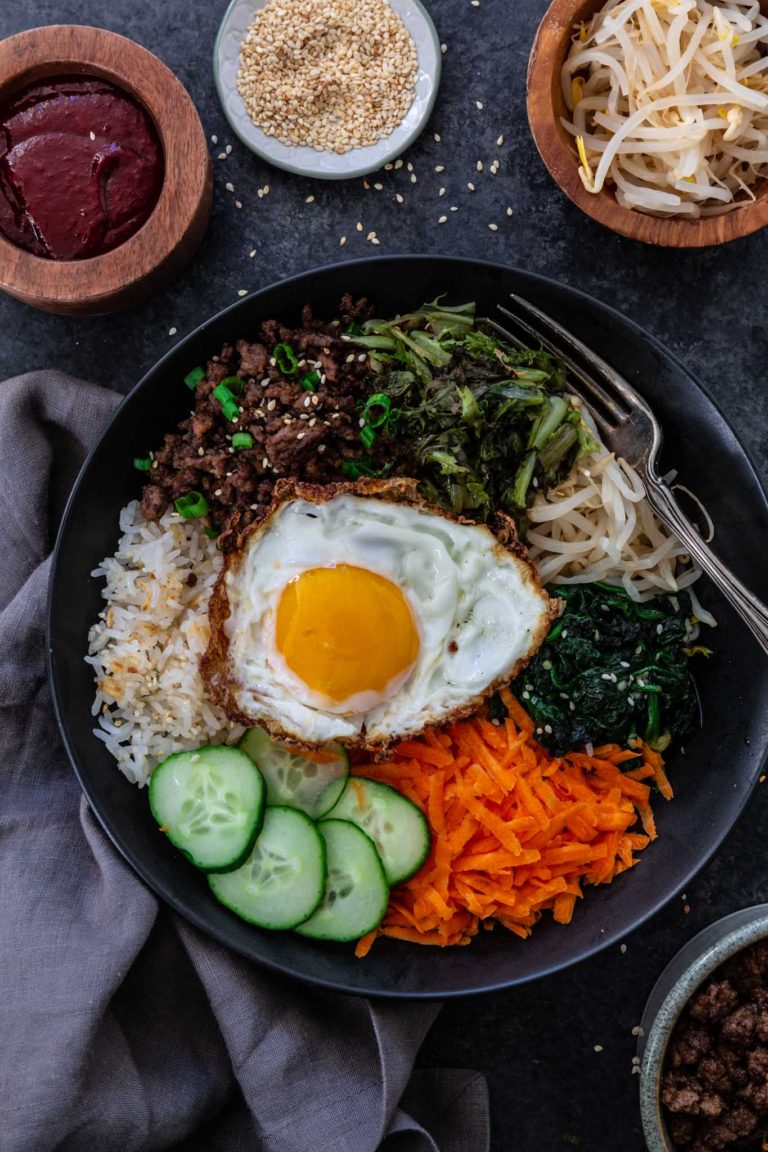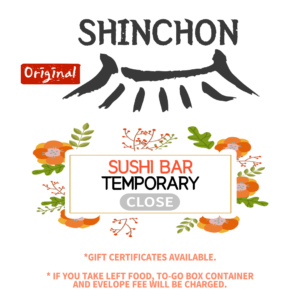Korean Cuisine
Understand Korean Dining Etiquette and Experience Korean Food to the Fullest
Korean Cuisine is Exquisite
Different cultures follow different rules for table manners. Korean families usually eat rice, soup, and three to four dishes, so a typical Korean table setting consists of a bowl of steamed rice, a soup bowl, a spoon and chopsticks, which are arranged from left to right, in that order, for each person. Korean meals are not usually served in courses. They are served at the same time, and people help themselves to the food.

Politeness is Important
Stews and side dishes are placed in the center to be shared by all members. Koreans generally believe that sharing food from one bowl makes a relationship closer, but if one feels uncomfortable with sharing the one-for-all dishes, it is okay to ask for an individual bowl or plate. Today many Korean restaurants naturally provide individual bowls and plates.
Your utensils will be chopsticks and a spoon – no fork, no knife. It’s important that your chopsticks and food do not end up on the table. If you need to put down your chopsticks, do not lie them across your bowl – doing so is reminiscent of part of an ancestor ceremony. And do not rest your chopsticks directly on the table; create a ‘table’ for them or lean the ‘mouth’ end on your plate. If you are eating soup or rice from a bowl, do not bring the bowl to your lips, as you would in some other cultures.
Drinks have their own set of customs as well. If you want to refill your glass, refill others’ glasses first, especially those of guests who are more senior than you. If you are offered alcohol, it is rude to refuse it. Remember to pace yourself to stay responsible! And if someone offers to pour you a drink, hold the cup with both hands as you accept it.
Food etiquette in South Korea mandates that you eat your food with chopsticks, not your hands or Western-style utensils. You should use your chopsticks to cut or break up your food whenever necessary as you will not find a knife on the table.
A lot of South Korean food is marinated, so slicing through it with chopsticks is normally easy to do. Unlike Japan, leaving some food on your plate or in your bowl at the end of a meal is okay in South Korea.
If you must, it’s also permissible to bend over to eat your rice. It’s never acceptable to lift your rice bowl to your lips to consume its contents, however.
South Korean dining etiquette requires you to wait to begin eating until the most senior person at the table is served and starts to eat. If you’re unsure about when you should take your first bite, follow the lead of your South Korean companions.

Healthy Korean Cuisine
Korean food is some of the healthiest on earth, with an emphasis on vegetables, meats cooked simply and without much oil, and a near obsession with the fermented vegetable kimchi, which can be something of an acquired taste for non-Koreans.

